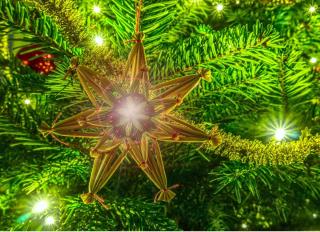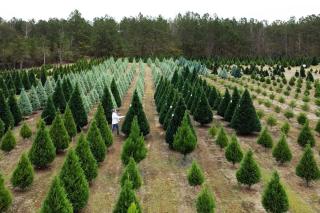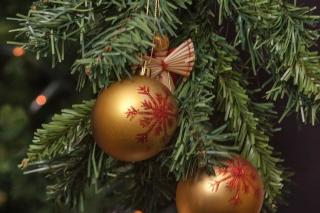

Every year, the same challenge: you get to choose your Christmas tree and bring joy to the house for grown-ups and kids alike!
Decorating it is an important part of the process, and is truly fun to work out as a family or with friends and colleagues, but the first eager step is choosing the tree itself!
Read also:
The Nordmann fir is now preferred over the famed spruce – a recent development!

However, the resilience of the Nordmann fir and the fact that it doesn’t lose its needles made it an instant winner when it appeared on the market. Even though it isn’t as fragrant, it became one of the keys to a successful Christmas.

Christmas trees cut at the stump is the most common form. It certainly is very convenient and doesn’t take up much space.
A Christmas tree bought with its root clump in a pot is the only one that survives transplanting in the garden. It is often selected specifically for this reason.

Apart from the fact that it must be transported from the store to your house, it is produced and grown specifically for the Christmas season.
Artificial Christmas trees use raw materials sourced from the petroleum industry. These are non-renewable materials that pollute our planet during production, transportation, disposal even when recycling.

No: there is a lot of value in connecting to nature. Going to pick a real tree is a chance for all children! These trees grow locally in responsibly managed forests. Their purpose is to help remind us that Christmas celebrates a special moment: everlasting life enters the world that day!
Yes, it is possible to do this if it is in a pot with its root ball. You can plant it in the ground after Christmas.
Best if it doesn’t stay for too long indoors, in your house.
Plant it just after the feast days, preferably on a day when it’s not freezing.
If you replant your tree and use it again in the following year, you’ll be compounding your support of the environment!
It’s very important that, after it has brought the whole family joy, you give your Christmas tree an honorable resting place. This might be a specialized composting center, but you can also slowly add it to your own family compost outside.
That way, it’ll go back to fertilizing the soil.
Merry Christmas!
thank you for the advice
You’re welcome! Good for next year now, though…